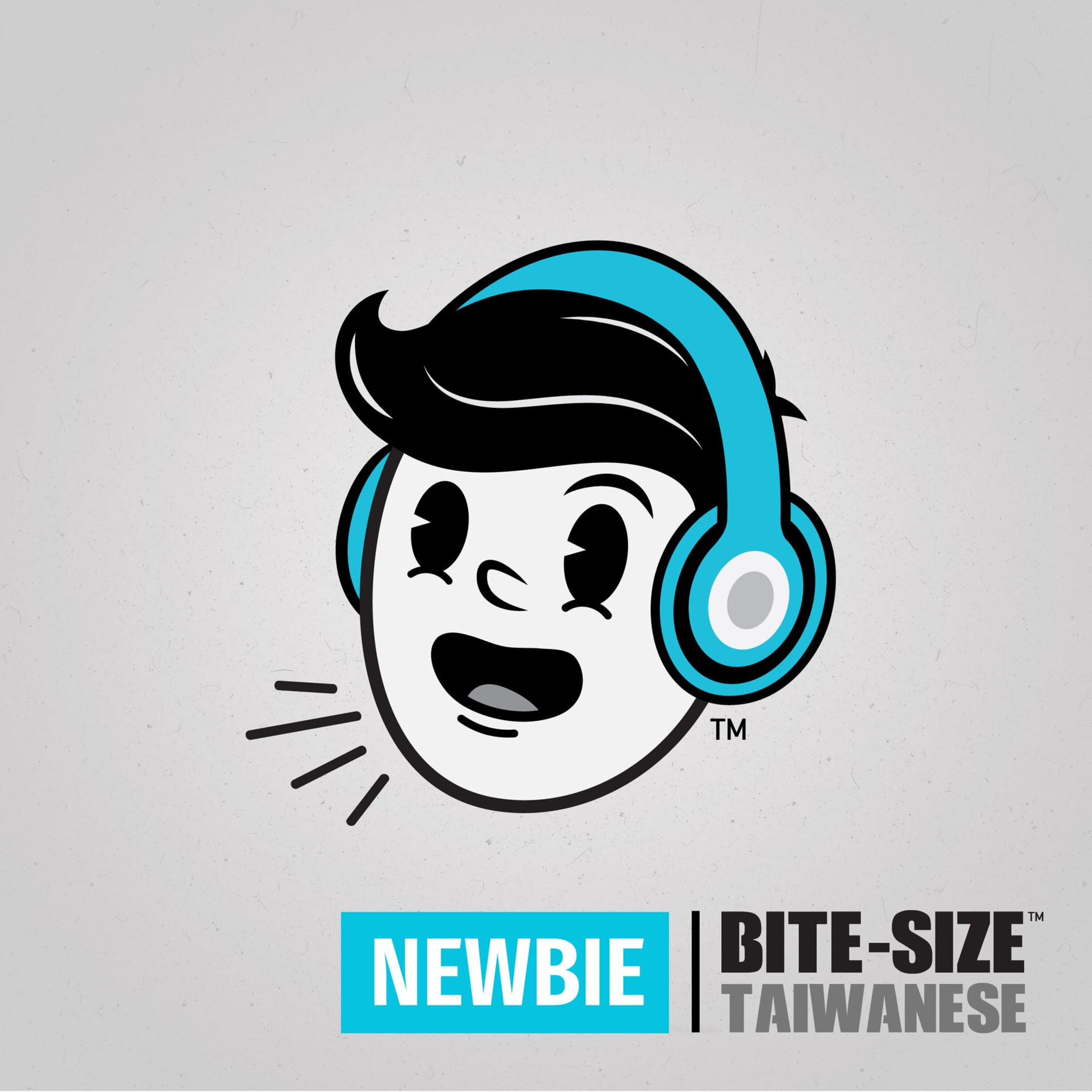Ep01: Hello! | Lí-hó 你好!
Description
In this episode, we’ve learned three ways to greet people in Taiwanese:
TAIWANESE
ENGLISH
Lí hó!
Hello!
Gâu-tsá!
Good morning!
Ta̍k-ke hó!
Hello, everyone!
*Syllables that require tone changes have been greyed out.
Listen to the audio and focus on the melody (“tones”) of the entire phrase because Taiwanese is a tonal language!
Now try to see if you can remember the melody of the phrase without the audio, and then play it again to check if you’ve got it right!
You can also say:
Ta̍k-ke gâu-tsá!
Good morning, everyone!
These are common greetings that can be used in most general and formal situations such as with strangers, shopkeepers, neighbors and acquaintances. “Gâu-tsá!” is also commonly used between friends. Next time you meet a Taiwanese-speaking person, try to greet them with a warm “Lí hó!” or “Gâu-tsá!”.
VOCABULARY
TAIWANESE
ENGLISH
lí
you
ta̍k-ke
everyone
hó
good
gâu
capable, skilled at
tsá
early
PRONUNCIATION | Taiwanese tones
In this episode, we’ve mentioned that Taiwanese is a tonal language. Every syllable in Taiwanese has a tone, just like English words have stress. Think about “des-SERT” and “DE-sert”, or “re-CORD” and “RE-cord”, and how moving the stress around may change the meaning. What is slightly different is that each tone has its specific pitch range (high, mid or low) and contour/movement (flat, rising or falling).
The diacritics on top of the vowels indicate the tone of a word. There are a total of seven tones in Taiwanese -- that’s why Taiwanese is very melodic, just like singing!
We’ve also briefly mentioned that when more syllables are combined together, their tones may change. This whole thing may sound intimidating at the beginning but don’t worry, we will talk more about the basic rules and guide you through them later on.
In order to help you pick up Taiwanese tones, tone changes and the diacritic marks, we highlight the words whose tones remained unchanged with a bold font. Usually it’s the last syllable of a phrase.
Lí hó!
Gâu-tsá!
Ta̍k-ke hó!
Listen to the audio again and pay special attention to those syllables in bold font and try to match the tone markings with what you hear.
HEY, YÓU! TONE 2!
As we see here, hó and tsá have the same diacritic mark and they both sound like falling from a high pitch, such as when you are saying “Hey, You!” This High Falling Tone is conventionally categorized as Tone 2.
We encourage you to listen to the audio a few more times and try to grasp the high falling quality of Tone 2.
If you want to know what tones the other syllables have changed to, we’ve marked them for you in our downloadable workbook. You'll also find additional vocabulary with characters, pronunciation notes, grammar explanations, culture tips, and fun exercises to help your practice. Go check it out!
Music Credit: TeknoAXE
More Episodes
In this episode, we’ve talked about eating at “stir-fry places” in Taiwan, asking for recommendations, and also the price.
(These show notes use tables and rich formatting. Please visit the episode webpage for an optimal viewing experience.)
SENTENCES AND VOCABULARY
TAIWANESE
ENGLISH
Ū...
Published 02/25/20
Published 02/25/20
In this episode, we’ve talked about personal pronouns like “you” and “I”, the “exclusive we” and “inclusive we”, and also how to express possession in Taiwanese.
Please visit the episode webpage for a detailed outline of the episode!
Published 02/18/20


